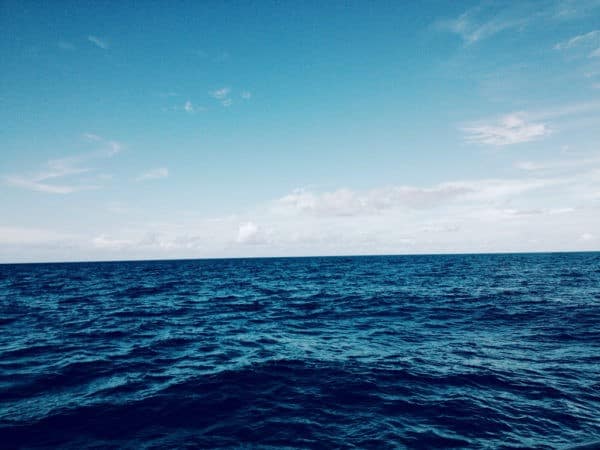Marine protected areas are supporting fish populations, finds UBC study

 Marine protected areas are helping us do what could not be done before.
Marine protected areas are helping us do what could not be done before.
University of British Columbia researchers have concluded that by creating more no-take marine reserves we can help support the world’s dwindling fish stocks, even for species traditionally known to be long-distance travellers.
Overfishing of the world’s oceans is now a serious concern, with current efforts at conservation so far proving only mildly successful. A reported one-third of fish stocks are currently being fished at a level that would allow for recovery and over 70 per cent of fish species are now either fully exploited or depleted.
One path towards creating more sustainable fishing is the development of no-take marine reserves, oceans areas designated to protect fish and marine habitats so as to allow for repopulation of species and protection of plant life. Canada currently has 12 marine protected areas, which restrict to varying degrees the types of activity allowed. The MPAs range from smaller zones such as the Basin Head, PEI, MPA, less than ten square kilometres in size, to larger areas such as the Saguenay-St. Lawrence MPA which covers over 10,000 square kilometres.
The aim of establishing no-take marine reserves is to allow threatened species to recover within the zone and, once repopulated, spillover will occur into surrounding areas which can then be sustainably fished. But while the theory works fine for fish species that have confined or limited habitats, for migratory fish species such as tuna and sharks, some of whom swim thousands of nautical miles in a single year, the MPA approach seems less effective.
But a new study from UBC’s Biodiversity Research Centre argues otherwise, saying that even the more widely travelling fish can be conserved through no-take MPAs. Their rationale stems from the observation that in each species variation exists in terms of migratory habits. While most tuna, for example, travel far and wide, others are less mobile. These more home-bound individuals, the researchers say, can be the wellspring of species repopulation within an MPA.
Marine protected areas increase fish density
“As a result, over time, the number of fish exhibiting low movement rates should rise,” say the study’s authors. “An evolutionary change in movement rate may, in turn, result in an increased density of fish in the marine reserves.”
Using computer modelling to chart the movement patterns of four species — skipjack and bluefin tuna and great white and spiny dogfish sharks — the researchers found that as the more home-bound fish reproduce and pass on their trait of less mobility to their offspring, the numbers within no-take MPAs increase accordingly.
Yet, the rate of increase in home-bound populations differs depending on the longevity of the animals. For instance, they found that tuna populations found in MPAs could change in as little as ten years while the longer-living great white sharks would need up to five decades to alter the MPA-bound population.
Nevertheless, the findings show that efficacy of MPAs in sustaining fish stocks of even traditionally long-distance travelling species.
“The reserves are likely more effective than previously thought in preventing extinction for some species, protecting biodiversity and even acting as an insurance policy,” said Sarah Otto of UBC’s Biodiversity Research Centre, in a release.
The new study appears in the journal Evolutionary Applications.

